When properly sealed, stone flooring is one of the most beautiful and easy to maintain flooring surfaces around. Yet like any flooring choice, there are a few things you should do on a regular basis to maintain its good looks, and to ensure a long life as a part of your décor.
Prevention goes a long ways. In areas where you will automatically have higher moisture content, prepare by placing rugs to catch water, snow and rain before it settles into your stone floors. Place rugs by each outside door, and also consider a throw rug in bathrooms or in the kitchen by the sink if necessary.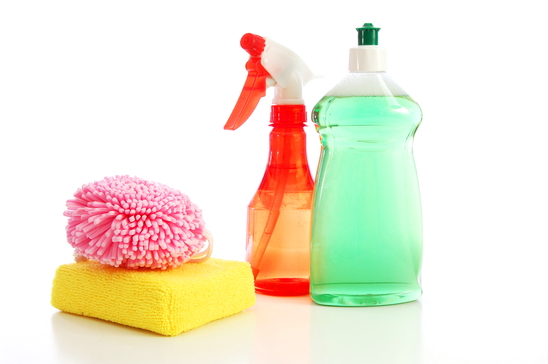
Protect your stone with a little TLC from the beginning. That new modern couch with the small legs looks great in your room, but applies concentrated pressure through four small points directly onto your floor. Use protectors to soften the contact between your furniture and the floor, to avoid scratching for the occasional bump or move.
Maintenance means making sure caulking is applied to water susceptible areas, and applying a regular coat of sealant according to manufacturers guidelines.
Never clean stone floors with an abrasive or ammonia based cleaning product, or use a scouring pad. All of these can quickly scratch and cause permanent damage. Although stone is durable, it still can be damaged by standing water. Make sure you mop up spills as quickly as possible, and use a cleaner suggested by the manufacturer. Never leave a soapy or waxy residue.
Never use acidic cleaning solutions. While some natural cleaning solutions may contain things such as lemon juice or vinegar, both can quickly scratch and begin damaging the stone surface of your floor.
You don’t have to use water every time. Instead, keep a broom handy and sweep up dirt and spills on a regular basis. Keeping dust at bay means it won’t grind into the stone surface.
Treat hard to remove stains with a neutral pH balanced detergent. Again, refer to manufacturers guidelines for suggestions. The quicker you clean a stain, the easier it will be to remove.
If you’re thinking of upgrading your flooring, stone may be the perfect choice for just about every room in your home. Stop back our showroom today and find the perfect tiling choice for your décor.

For all of your Denver Hardwood Flooring needs visit our site today.
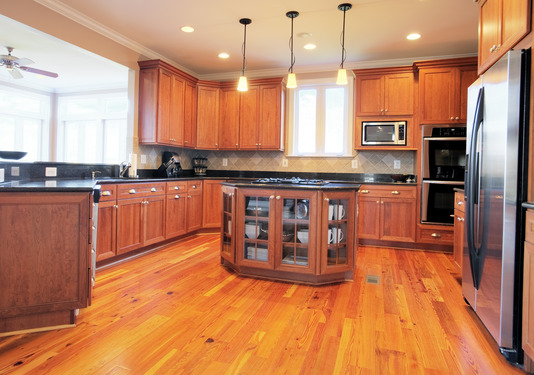
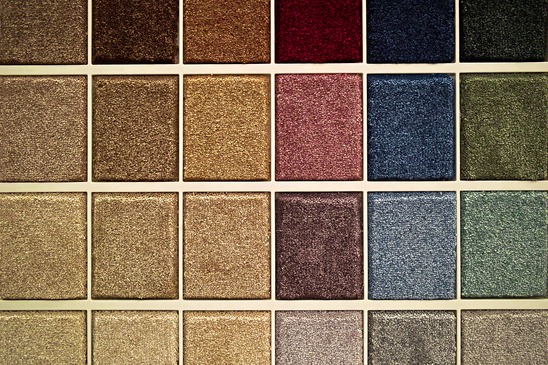
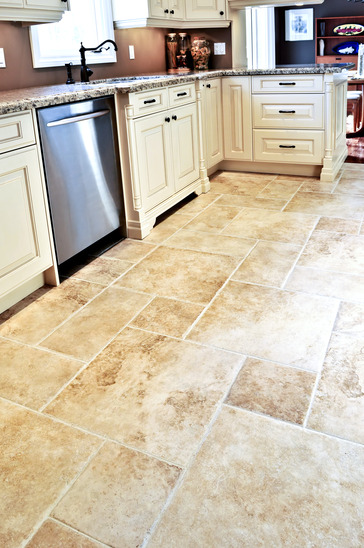 underlying problem, your repair may be temporary and easily crack again, only in some cases much worse.
underlying problem, your repair may be temporary and easily crack again, only in some cases much worse.
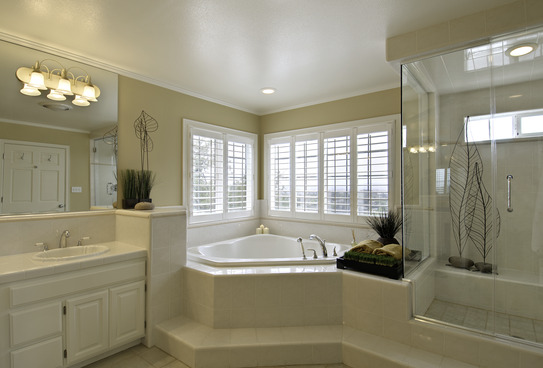


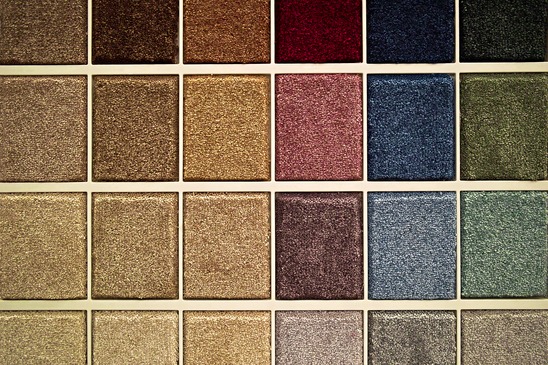 “The carpet in my main living area is in dire need of replacement. Its dirty, stained, and has worn spots in all the main thoroughfares. I really want to replace it, but now isn’t a good time financially. I don’t have the money available to put in a high quality carpet. I’ve seen carpet tiles, is that something I could consider?”
“The carpet in my main living area is in dire need of replacement. Its dirty, stained, and has worn spots in all the main thoroughfares. I really want to replace it, but now isn’t a good time financially. I don’t have the money available to put in a high quality carpet. I’ve seen carpet tiles, is that something I could consider?”